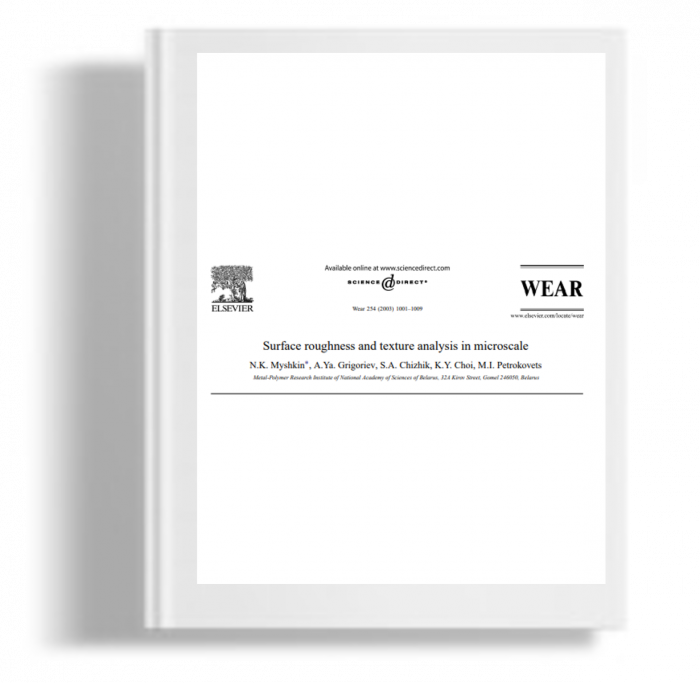Kami menggunakan cookies untuk membuat pengalaman Anda lebih baik. Untuk mematuhi petunjuk e-Pribadi yang baru, kami perlu meminta persetujuan Anda untuk menyetel cookies. Pelajari lebih lanjut .
Surface roughness and texture analysis in microscale
- Baca | Unduh PDF
- Surface rougness and texture analysis in microscale
The capacity of various instruments in roughness measurements and analysis is compared. Review of various models of roughness is made and the models of contact mechanics are presented, when taking account the nanometer scale roughness and relating phenomena of adhesion and surface forces. The concept of multi-level models of roughness and contact area is presented. Analysis of surface topography as a spatial pattern is given, when using the approaches of image recognition theory operating with the 3D digital images processing. Qualitatively the spatial structure is often characterized in terms of texture features such as random, linear, wavy etc., and some national standards introduce spatial structure of machined surfaces. However, texture characteristics are not adequately investigated. AFM images of different surfaces were used as initial data and multi-dimensional scaling technique was used for the data analysis. The study has shown that there are at least four types surface textures on nanoscale level. The correlation was found between texture types and reasons of their formation. © 2003 Published by Elsevier Science B.V

